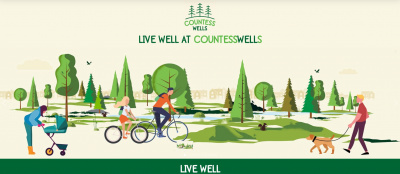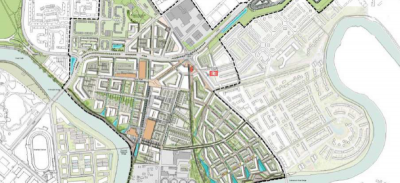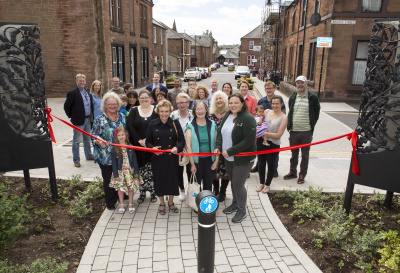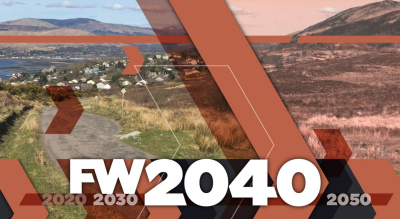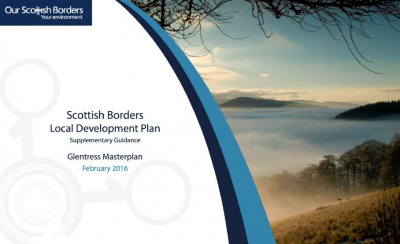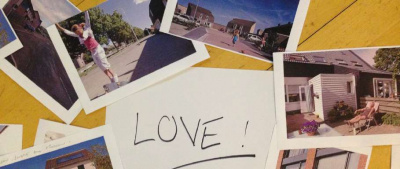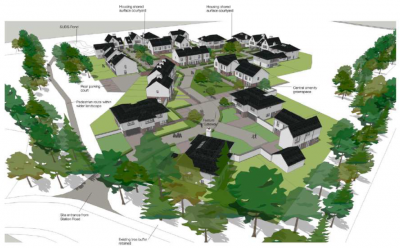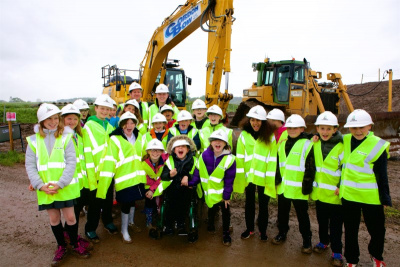The Value of Early Engagement in Planning
Land must be used more effectively to benefit everyone who lives in Scotland. Our work on early engagement looks at the benefits of getting communities involved earlier in decision-making on plans helping to produce better places, speeding up delivery of new developments and shaping the quality of the places that Scotland needs.
Better community engagement is an established aim of ongoing Scottish planning and land reform policy. We are providing practical advice on how landowners, land managers and communities can work together to make better – and fairer – decisions about land use. Using the Land Rights and Responsibilities Statement (LRRS) as a framework to set out good practice for community engagement in decisions about land. In the development context, significant land use change is regulated through the planning system which sets out what is expected of development in terms of wider consultation and engagement.
You can read more about the value of early engagement in planning in our report and its summary below, and in the accompanying blog. We have also included a selection of the case studies contained in the report.
For an in-depth discussion, watch our webinar with Planning Skills.
More guidance and practical resources about community engagement in land based decision-making are available though our Good Practice Programme.

